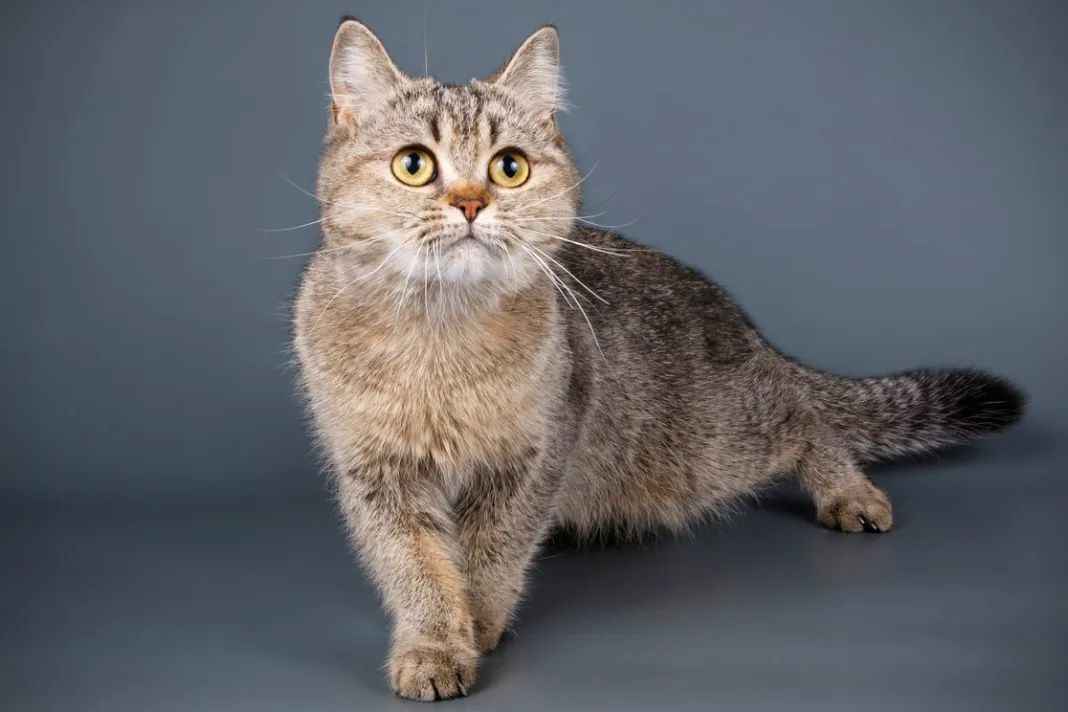With a rounded head, large almond-shaped eyes, and a medium-sized, muscular body, Scottish Straights exude a perpetually kitten-like charm. Their ears stand erect with rounded tips, distinguishing them from their folded-eared relatives. Available in both longhair and shorthair varieties, they come in all traditional coat colors and patterns, catering to diverse aesthetic preferences.
Known for their loyalty and sociability, Scottish Straights thrive in households with children or other pets. They enjoy interactive play and exploring their surroundings but also value independent downtime, striking a balance between companionship and autonomy.
Unlike Scottish Folds, Scottish Straights do not carry the Fd gene linked to osteochondrodysplasia, sparing them from crippling joint deformities and chronic pain. However, they may inherit other genetic predispositions, such as cardiomyopathy or polycystic kidney disease. Prospective owners should prioritize breeders who conduct DNA testing and health screenings.
These adaptable cats flourish indoors or in secure outdoor environments. Shorthair varieties require weekly brushing, while longhairs benefit from daily grooming to prevent matting. A balanced diet and regular exercise are essential to manage their slower metabolism and prevent obesity.
While Scottish Straights are generally healthy, their folded-eared counterparts face severe health issues, leading to breeding bans in countries like the Netherlands and Austria. To mitigate genetic risks, international cat associations (e.g., TICA) mandate that Scottish Folds must only be bred with Scottish Straights or other breeds, ensuring healthier offspring. This policy has elevated the Scottish Straight’s role as a vital guardian of feline genetic diversity.
The Scottish Straight embodies the perfect harmony of beauty, affection, and resilience. By choosing responsible breeders and prioritizing genetic health, cat lovers can ensure this elegant breed continues to grace households with joy and companionship for generations to come.

